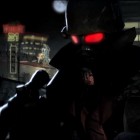
2014. nov. 11.
I’ve tried it. Really. Several times. Again and again. Finally, I gave it up; this game is a no-go. It has a number of problems in its own, not to mention a comparison to the great predecessor. Mainly that it completely smells like a franchise. I bought it without a thought, because Fallout 3 (FO3) made the bed for it very nicely. What’s more, the setting reaches back to a much older time; the first two episodes were released sometimes in ’97-98, and CRPG fans lost their heart to them immediately. Anyone says anything, in my opinion, FO3 (released in 2008) deserved the Game of the Year title. Besides the complex system of interaction and free roam setting, the consequences of your character’s deeds made it an excellent computer role-playing game. Then they released… this thing known as Fallout: New Vegas (FO:NV). I deliberately waited for it. As I wrote above, I bought it without a thought. Then it was sitting in the computer for a long time, because I simply couldn’t play with it. The Western impact didn’t help the usual Fallout-atmosphere at all. It didn’t became both of them – instead it became something in-between without any clear outline. It isn’t Western enough, not even with all the gamble and the environment, and this unpleasant impression certainly lessens the original post-apocalyptic Fallout-atmosphere too. Characters are raw, or maybe they are just not unique enough. In this moment I can’t remember any figure more illustrious than the others. Another boring element was the radio, and a third was the row of events. The music and the DJs got entrapped in the snare of self-repetition in no time. Just imagine how exciting it is to listen boringly well-known and average hits while you are walking on the bleak plains and hillsides. Yes, I have a problem with the hills too. I understand why I can’t climb a high-pitched mountainside. However, plant life clearly marks if you can pass on a terrain, and it is very annoying to barge into an invisible wall on the middle of a grassy and easily walkable hillside. I felt limited in my freedom of exploration, in a game expected...

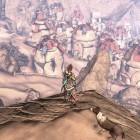
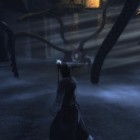
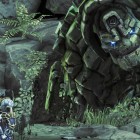
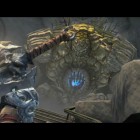
Legutóbbi hozzászólások